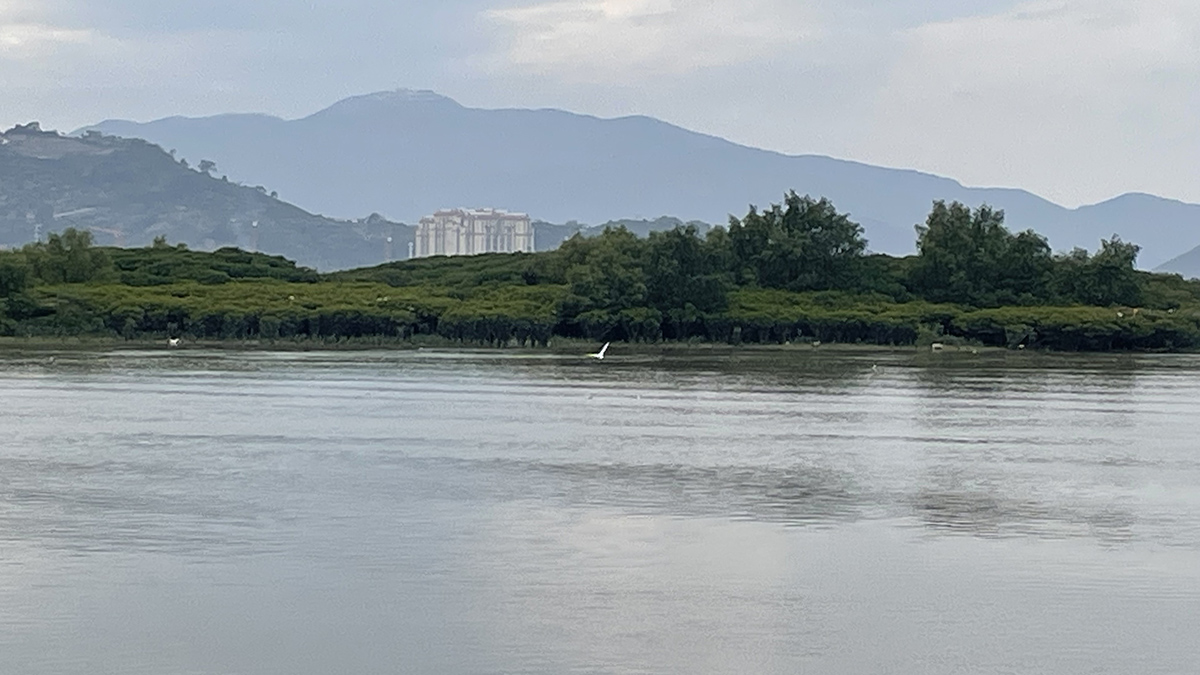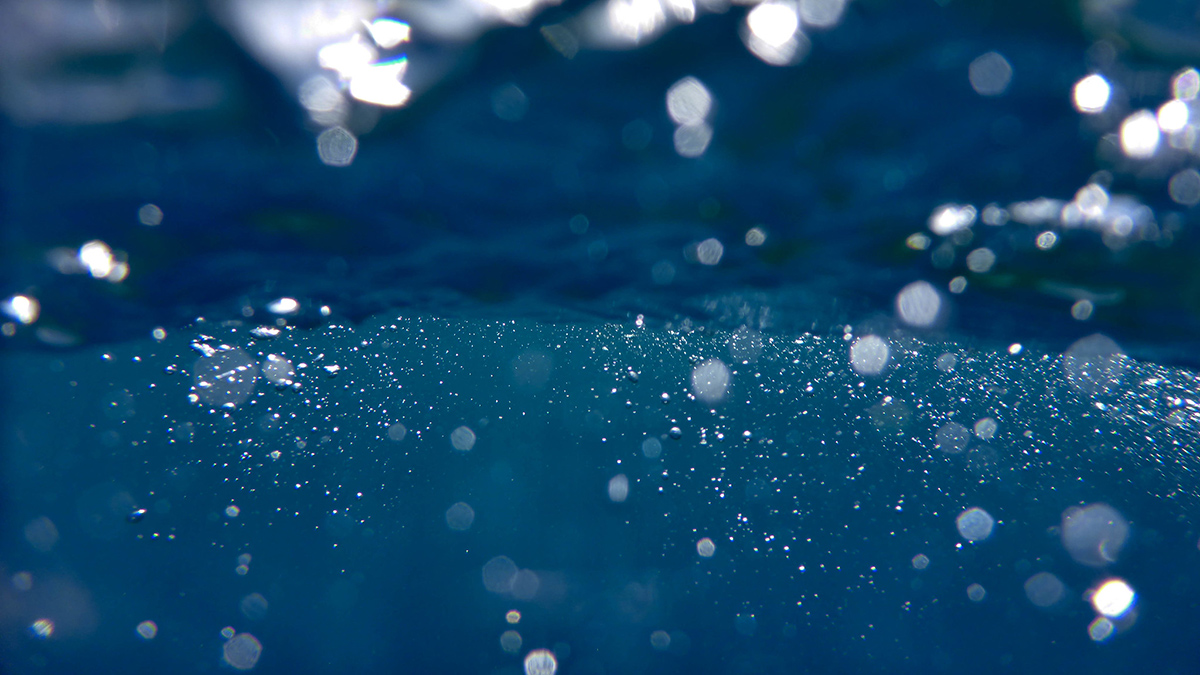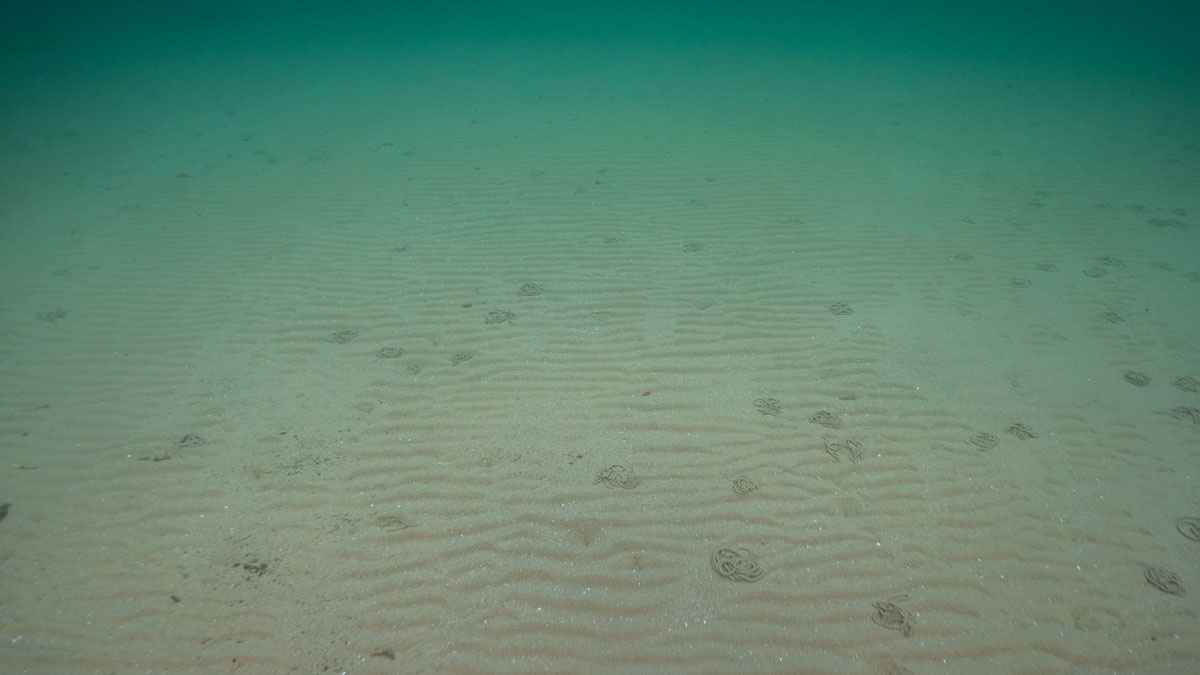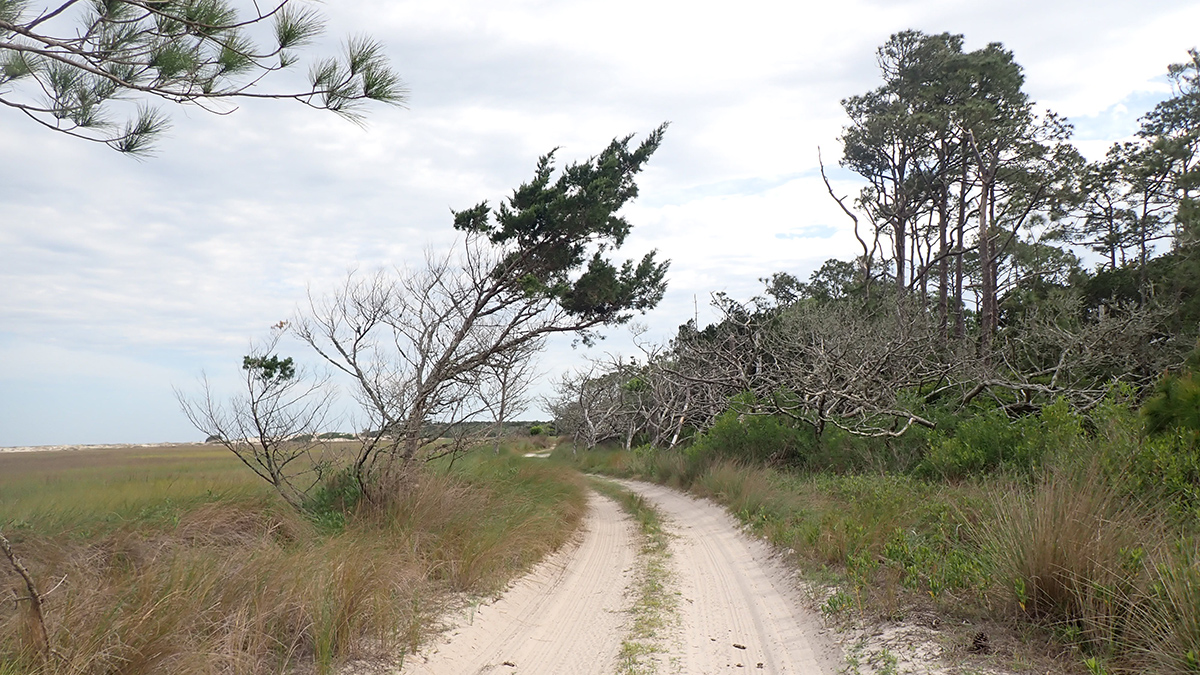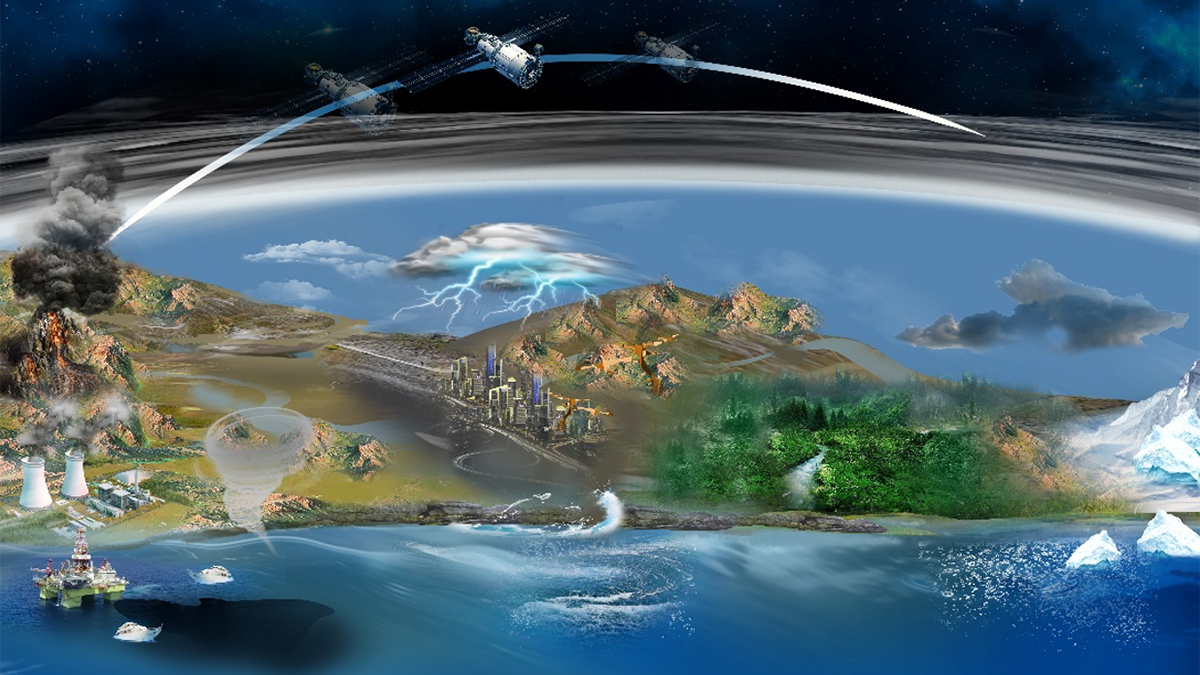Scientists surveyed a trio of estuaries in pursuit of a missing source of oceanic dissolved black carbon.
surface waves & tides
More Bubbles Means More Variation in Ocean Carbon Storage
A new model accounting for the role of bubbles in air-sea gas exchanges suggests that ocean carbon uptake is more variable than previously thought.
Mapping the Ocean Floor with Ancient Tides
A new study uses a paleotidal model to trace the formation of carbon-rich mud deposits over thousands of years.
Flood Prediction Could Boost Road Resilience off Georgia’s Coast
Researchers and community members worked together to develop recommendations for how Little Cumberland Island can mitigate flooding hazards.
Unlocking the Power of Synthetic Aperture Radar for Geosciences
Due to its unique ability to monitor Earth’s surface, Synthetic Aperture Radar plays a pivotal role in revolutionizing the geosciences.
An All-Community Push to “Close the Loops” on Southern Ocean Dynamics
A new study highlights the connected nature of the Southern Ocean dynamic system, the research priorities needed to understand its influence on climate change, the importance of cross-disciplinary collaborations.
Waves May Be Crashing on Titan’s Shores
A new study suggests that wind-driven waves could be sculpting the coastlines of the lakes and seas on Saturn’s largest moon.
Radar Data Show Thwaites Gets a Daily Bath of Warm Seawater
The Doomsday Glacier, predicted to raise global sea level by more than half a meter, could be exposed to more warm ocean water than previously thought.
The End of the Eclipse
Scientists are studying how the Earth–Moon distance has changed over time, and what effect that change might have had on our planet. Future changes will extinguish total solar eclipses entirely.
Where and How Sea-Level Rise Threatens Coastal Areas and Communities
To better understand how sea-level rise threatens coastal areas, scientists propose a new indicator to estimate the risk of coastal flooding under climate change.

